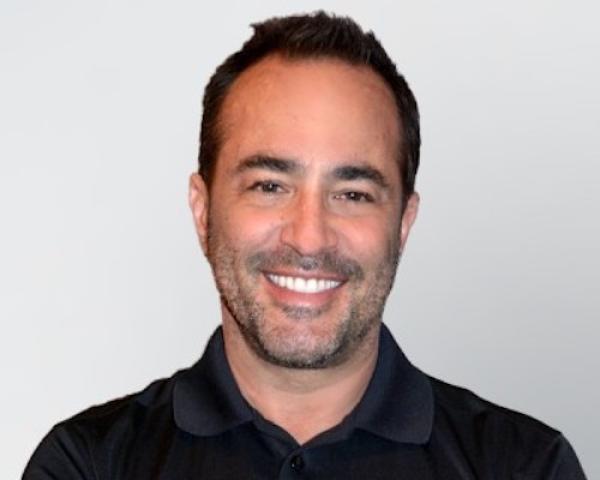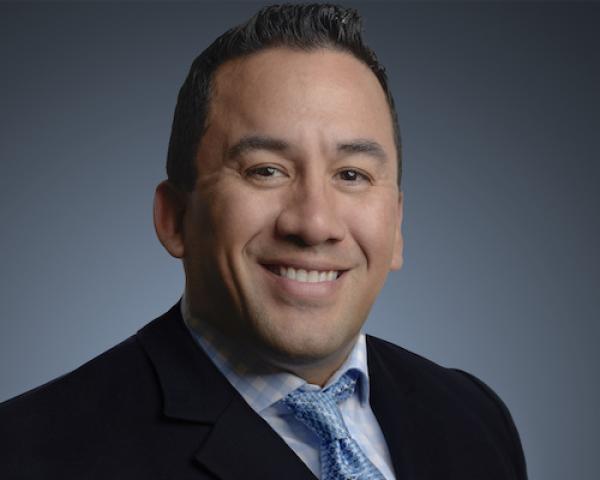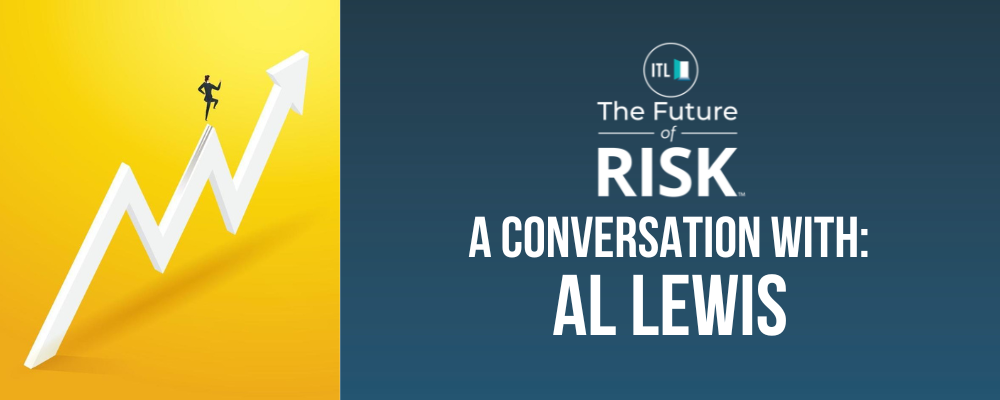When my older daughter was perhaps three years old, I stopped behind a car at a red light in the Bay Area. From her car seat in the back, she called out, "Come on, bozo, move it."
Oops. Perhaps I kibitzed even more about other drivers than I thought — and I knew I did it a lot. Offering constructive advice to my fellow drivers is one of the many habits I inherited from my father.
Fast forward to maybe 15 years ago, when I was spending lots of time on freeways driving her and her sister to soccer games and other events. I began fantasizing (out loud, no doubt) about having a camera in my windshield to track the many transgressions of the drivers around me — in particular, the idiots who wove in and out as they raced each other in traffic, as though we were all just in a video game. Wouldn't it be great to capture the video, including the license plates, and forward it to police?
I wanted a camera in the back, too, to catch those who tailgated, sometimes within a few feet, to try to bully me out of the left lane even though there was a car just ahead of me in my lane. (I assure you, I did not drive slowly in my Mercedes convertible.)
Well, based on two recent viral videos, I think it's time to declare victory. We can all have cameras in our windshields and get at least some coverage in the back, at minimal cost.
Doing so would be a major step forward for insurers — reducing fraud, simplifying the adjudication of blame after an accident, and reducing accidents by even getting some of the idiots to stop tailgating.
There are already lots of dash cams available, but they can cost several hundred dollars, impeding adoption. I'm thinking we should all be able to just attach our smartphones to the dashboard, as Uber and Lyft drivers do, and have it record video through the windshield on a continuous loop.
If you're in an accident, sensors in the phone would let it know, and the phone would preserve the recent video and continue recording until you tell it to stop. If you see something dangerous happening on the road in front of you, you could also tell Siri to save the latest stretch of video. You could get it to authorities later or, with some prep work from police and fire departments, even have your phone forward it right away, in an emergency.
Most smartphones these days have cameras both in front and in back, so the phone could also capture video (albeit somewhat obscured) of what's happening behind you. (As a bonus, you'd be able to settle those "He hit me first" fights your kids have.)
Dashcam apps that run on smartphones are already available at pretty low cost. One in the Apple store costs about $12 to install, then charges about $10 a month.
But why wouldn't insurers subsidize the apps? Why not make them free? Think of the savings in terms of adjusters' time and legal fees if you have dash cam video of accidents. Think of the fraud that could be prevented if we get lots of dash cams on the road — an insurer wouldn't just benefit from the cameras of its insureds but from all the cameras out there, much as security cams at homes and businesses now provide footage of all sorts of incidents they weren't necessarily designed to document.
An attempt at insurance fraud led to the viral video that drew me back to my long-term belief in the power of ubiquitous cameras. (In addition to the dashcam fantasizing I've described, I wrote a book with Chunka Mui in 2013, "The New Killer Apps: How Large Companies Can Out-Innovate Start-Ups," that described the spread of cameras as one of six major drivers of innovation.)
The viral dashcam video shows Ashpia Natasha driving on a parkway in New York in mid-October, when a Honda Civic cuts in front of her and slams on the brakes. She reacts quickly enough that she stops without hitting the car. After a brief pause, the Civic goes into reverse and accelerates into her car, smashing into the front bumper. Four people get out of the Civic and walk around looking dazed, as though they've been badly injured. They ask for Natasha's insurance information and start taking pictures of the damage to both cars, then realize they're being recorded on a dashcam.
A car that stopped behind her — as seen on footage from her rear dashcam — had turned its flashers on right before the accident, seemingly to keep other cars away. It pulls up beside the Civic, picks up one of the passengers and drives off. The Civic quickly follows.
As of this writing, it isn't clear that those who staged the accident have tried to file an insurance claim, but police have the license plate numbers of the two cars that staged the accident and are investigating what is clearly an attempt at fraud. In the meantime, the video made it easy for Natasha's insurer to agree to cover the $8,300 of damage to her car.
The other dashcam video that caught my eye was taken recently by a driver who used it to prove to police that he hadn't driven near a cyclist, even though the irate cyclist berated him for minutes in a parking lot, called 911, and got the police to come, sirens blaring.
The dashcam video itself is pretty mundane — but the footage did its job by greatly simplifying a he-said/he-said situation for law enforcement.
The encounter really went viral because the 22-year-old driver used his phone to video the 73-year-old cyclist yelling at him, while staying remarkably calm, and because the encounter ended with a real twist: Not only did the driver not have to pay a fine, but the cyclist was given a criminal misdemeanor citation for creating a public disturbance and had to pony up $160.
(I'm very pro-cyclist and desperately want drivers to be more careful. Back in the days when I cycled a lot, cars cut me off twice and caused collisions, one of which knocked me out briefly and the other of which could have led to much worse injuries, though I walked away unscathed. But this cyclist was being a first-class jerk. For those of you who, like me, enjoy the occasional bit of schadenfreude, here is the video of the cyclist realizing that he, not the young driver, will have to pay a fine.)
Having dashcams in some significant percentage of cars on the road, via smartphone apps, could help law enforcement in other ways, too. Think of how quickly an Amber Alert could find a car if police could ping dashcam apps and ask drivers if they'd agree to have their phones used to look for a certain license plate or car model of a certain color.
Now, there are a bazillion issues to work out. For one, would the math work for an insurance company that wanted to subsidize the use of smartphones as dashcams, especially given that the high-risk drivers they'd most want to equip are less likely than good drivers to welcome documentation of their actions. There are also plenty of technical issues related to positioning the camera in the car and getting good enough resolution.
Maybe the thorniest issues would relate to privacy. Having cameras spreading has certainly caused problems. They can be used recklessly, as has happened with some retailers using faulty face recognition to try to spot repeat shoplifters. And tiny, ubiquitous cameras can even be used maliciously, as China has done while repressing the Uyghurs.
The dashcams could also pose a distraction — and we don't need any more distracted driving. I keep my phone in my pocket when I drive and am not tempted to look at any text messages, but if my phone is in front of me on the dashboard...? We'd all have to be more disciplined about putting our phones on "Do Not Disturb" and blocking text messages while driving.
Despite the inevitable transitional issues, I think that, in time, the benefits will very much outweigh the costs.
By the way, my daughters are grown up and are, um, counseling other drivers at least as much as I do.
I raised them right. My father would be proud.
Cheers,
Paul




















